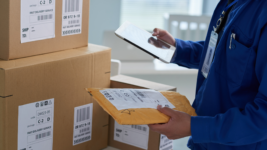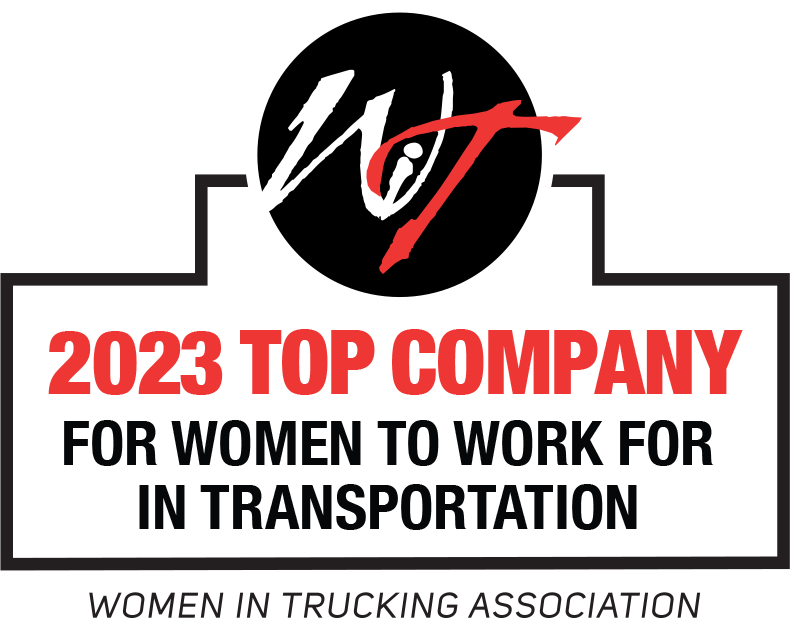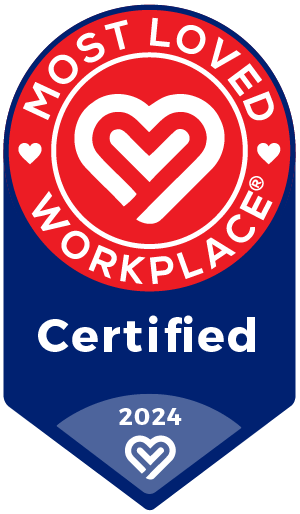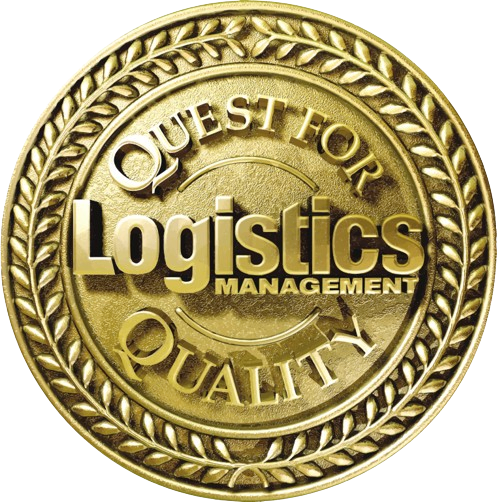When most people are asked to name their biggest fears, hurricanes don’t even make the top ten.
But in recent years, storms with names like Ivan, Maria and Michael have started to hit the United States with increasing frequency – as the American Logistics Aid Network (ALAN)’s Kathy Fulton acknowledged in a recent article she wrote for Supply Chain Dive.
“From 2008 to 2015 we mobilized support for an average of three extreme weather events per year,” Fulton said. “But since 2016 that average has more than doubled.”
So what does all of this have to do with your business, even if you don’t have a lot of operations in the areas where these catastrophic weather events usually hit? Plenty.
For one thing, these major events can work a number on your budget; according to a 2019 Congressional Budget Office Report, hurricane winds and storm-related flooding cost businesses an estimated $9 billion per year.
For another, hurricanes can have a potentially fatal effect on your company, because according to the Federal Emergency Management Agency, 40% of businesses fail to reopen after they’ve been hit by a disaster, and another 25% fail within the following year.
In light of this, maybe it’s time for all of us to move hurricanes up a notch or two on our Fear Factor ratings – and to be a lot more proactive about how we plan for and respond to them.
Here are four intriguing prompts to help get things started.
Has your company truly done a complete post-mortem on Hurricane Season 2020?
Jordan Peterson recently said, “The worst experiences teach the best lessons.” By that standard, 2020 was an amazing teacher, because it was the busiest Atlantic hurricane season on record.
The question is, “Did you pay attention in class?”. Because ALAN’s Fulton says many businesses don’t.
“While some companies take [previous hurricane seasons’] lessons to heart in order to create smarter emergency plans going forward, others seem to be caught in their own version of the movie Groundhog Day – except that instead of endlessly repeating the same day, they repeat the same behaviors,” she said.
Even though the last thing any of us want to do is even think about another disaster, now is the time to carefully review and grade last year’s hurricane preparation and response efforts while it’s still relatively fresh on your mind – and to mine that extensive experience for every lapse, pain point and epic face palm moment.
Did you have a robust enough disaster plan in place, or did you have to develop or customize one on the fly? Which carriers, suppliers and customers did you collaborate and communicate well with – and which did you have issues with? Did you experience any surprising shortages or supply chain interruptions – and if so, where? Most important of all, if you had to do it all again, would you do it differently?
Use these findings to improve and expand upon your company’s formal hurricane plan. And if you don’t have such a plan, stop reading right now and go develop one – because guess what? This year’s hurricane season promises to even busier.
What will your company do when your usual freight capacity in hurricane-impacted areas is temporarily unavailable? (And note that we said “when” not “if.”)
As we’ve mentioned in previous articles, it’s already gotten really difficult (read: almost impossible) to find reliable freight capacity. And that’s when the weather is good.
Throw in a major hurricane – and mix it with the fact that the government might decide that some of your best carriers are needed to transport food, water, and medical supplies to disaster sites ASAP – and you could be faced with a temporary capacity shortage of epic proportions.
While you can’t prevent some of your carriers from being temporarily diverted, you can help protect your company from the worst repercussions by scheduling some candid disaster-related conversations with your key carriers right now. Find out how their available capacity is looking. Inquire about their plans for acquiring additional capacity if it’s needed. And then start putting together a more robust hurricane transportation and supply chain optimization plan that takes your carriers’ input into account.
This also may be an excellent time to begin shipping some of your goods via other approved carriers in your transportation program (the carrier sourcing diversification tactic we mentioned in our Ask AFS feature this month). It will give you a head start on establishing more of a day-to-day working relationship with these carriers – and increase the odds that it will be your freight (rather than someone else’s) they choose to carry if everyone is simultaneously knocking on their door right after a hurricane.
Which of your suppliers are too important to fail?
Let’s go back to that statistic we mentioned earlier in this story – the one about 25% of businesses never reopening after they’re impacted by a disaster.
You may think it doesn’t apply to you, because your company doesn’t have a lot of locations in hurricane-prone areas.
But what about your key suppliers? Are they just as well-leveraged? Or could any of them be more vulnerable than you realize? Just as important, how would it impact your company if any of these key suppliers were temporarily out of commission or no longer around as a result of a catastrophic hurricane?
Expand your hurricane plan with that in mind. Better yet, consider reaching out to these suppliers to schedule a hurricane-plan pulse check. If they’ve already got a strong plan in place, great. If not think about sharing your plan with them (so that they can perhaps draw from it) or assigning some resources at your company to help them develop one. In the long run, it will be far cheaper and more efficient than having to find a new supplier.
What ripple effects are possible? (And how can your company do a better job of staying in the loop about them?)
When a leading fuel provider went through a Ransomware crisis a few months ago, there was only a small portion of the country that should have been affected. But ultimately it inspired panic buying across the entire Eastern half of the United States, including areas the provider didn’t even serve.
A similar phenomenon happens before hurricanes hit the Gulf Coast. Spurred by stories about the potential for fuel supply disruptions, people across the country often gas up more than they need to, creating massive shortages that extend hundreds of miles away from where these storms ultimately hit.
The moral of these two illustrations is simple: Even businesses that are located far inland can find themselves seriously impacted by catastrophic coastal events, which is why it behooves all of us to do a better job of staying in the loop about every tropical storm or hurricane that threatens to make landfall this year.
A good place to start is the Supply Chain Intelligence Center, a free resource on the American Logistics Aid Network website that tracks hurricanes (and other disasters) and their potential supply chain impacts. Riskpulse’s Weather Operations team also hosts weekly briefings at 10 AM Eastern every Tuesday at https://zoom.us/webinar/register/WN_G3_-vCttRGmEIeUCXUhCPA. And during some disasters, FEMA will host calls for the private sector, many of which are tremendously enlightening. You can request access by sending an e-mail to [email protected].
It also behooves all of us to work together rather than separately, because no matter how much we think we know about disaster planning and resilience, there’s always a lot we don’t know as well. And often, those are the things that can come back to harm our business and bottom lines.
In light of that, we’d like to hear from you. What are the best tools and tactics you’ve successfully used to survive and thrive during past hurricane seasons? What are the potential challenges and pitfalls that still keep you up at night? And what do you wish you could do more of in order to make your company more hurricane-ready?
We’ll share the best responses in a future article. Meanwhile, stay safe and keep your figurative seatbelts fastened. Because when it comes to this year’s hurricane forecast, all of us could be in for a bumpy ride.









